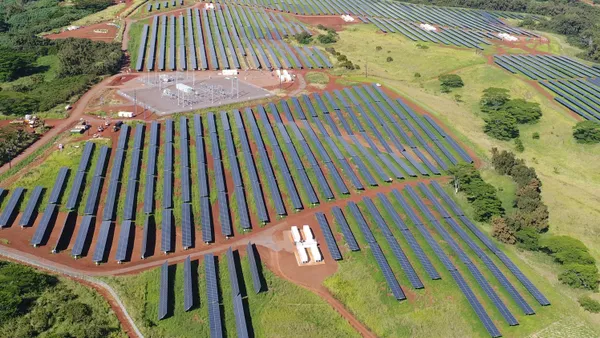A new version of the Offshore Energy Modernization Act was introduced in the House of Representatives Wednesday by Rep. Paul Tonko, D-N.Y., whose office called the bill “comprehensive federal legislation to support long-term and responsible offshore wind development.”
The “broad strokes” of the legislation are similar to a bill with the same name that Tonko introduced in 2022 — which never made it out of committee — but there are several differences, said Tonko’s press secretary Jonah Cohen.
The 2024 bill includes a federal offshore wind permitting goal “similar to the one included in the Manchin-Barrasso permitting reform bill introduced this past July,” and includes new provisions to improve stakeholder coordination throughout the leasing and permitting process, Cohen said.
The Energy Permitting Reform Act of 2024, sponsored by Sen. Joe Manchin, I-W.Va., and Sen. John Barrasso, R-Wyo., was reported out of the Committee on Energy and Natural Resources in July with a bipartisan vote of 15-4, but faces an uncertain future under a Republican majority in Congress.
Language from a summary of Tonko’s bill commits the Secretary of the Interior “to seek to issue permits that, in total, authorize production of electricity from offshore wind energy projects of at least 30 gigawatts by 2030 and 50 gigawatts by 2035.”
“We also incorporated some technical assistance from agencies in the new bill, so there are several minor changes throughout the bill to improve and refine the language,” Cohen said.
A fact sheet about the bill notes that there are 40 GW of offshore wind projects in the pipeline, but “predictability and transparency around leasing opportunities and permitting processes are needed to build projects on time and reach critical clean energy targets.”
The fact sheet says that the bill would reform the Outer Continental Shelf Lands Act to better provide long-term certainty to the industry; facilitate timely permitting; ensure that offshore renewable energy projects support union jobs and a domestic supply chain; fund marine and coastal habitat protection and compensate impacted fishing interests; establish a federal Offshore Power Administration under the Department of Energy; and create new DOE grant and loan guarantee opportunities for U.S. shipbuilding.
The bill’s summary states that it would empower the administrator of the Offshore Power Administration to borrow $10 billion from the Treasury to support its efforts, and “use revenue generated by transmission infrastructure owned or operated by the Administration to repay borrowed money.”














